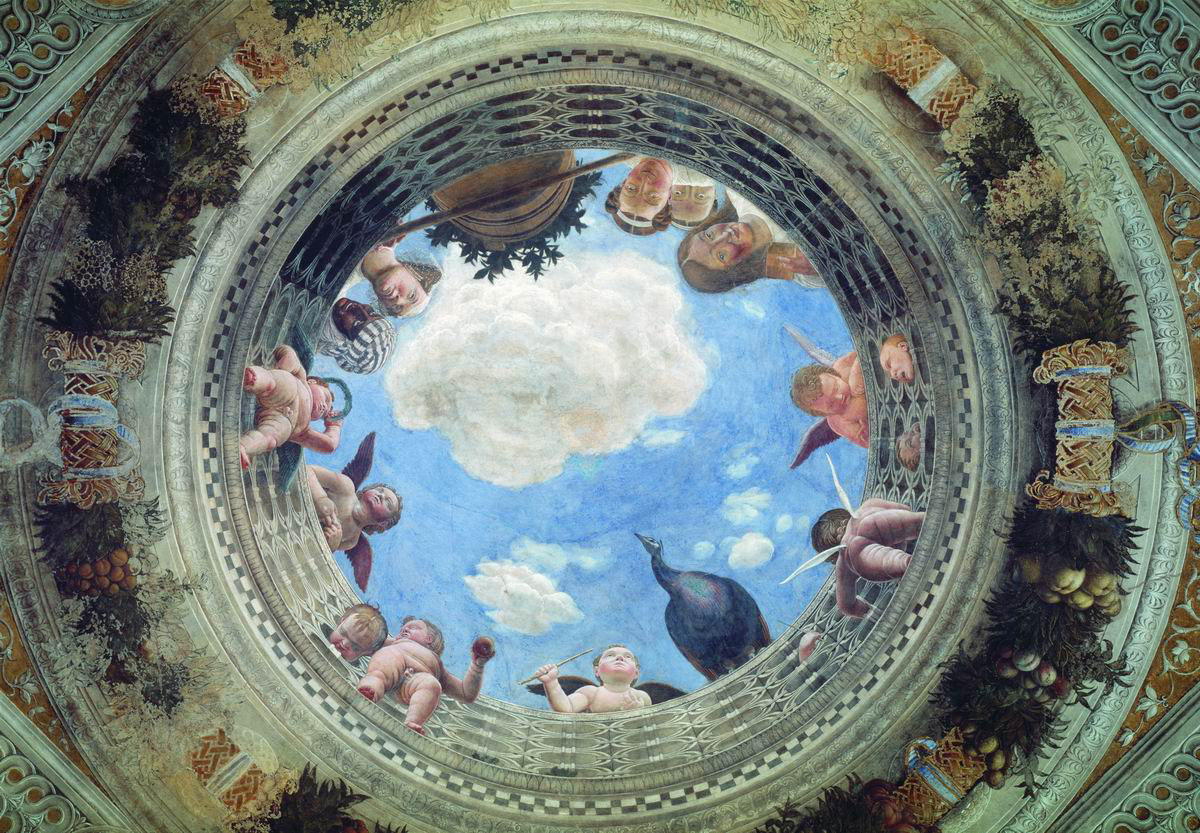Our notion of Pictorial Perspective usually dates to 15th Century, when the methods that define Linear Perspective were codified. It was an extraordinary discovery, originating in Florence, spreading almost instantly across Europe. And it changed the course of Western Art. Leonardo Da Vinci expressed how important it was to his work:
Art for Leonardo was not merely a matter of creating interesting paintings. It was a fundamental tool through which the world's phenomena could be studied and communicated. Correct perspective therefore was at the heart of the Renaissance understanding of the world. If the perspective is changed, then our understanding of those phenomena must also be altered.
But Leonardo acknowledged only three different types of Perspective: Linear Perspective; the Perspective of Color; the Perspective of Disappearance. There are in fact many more, some of them appearing to be more successful than others. What all forms of Pictorial Perspective (including Leonardo's) have in commom is that they are are illusory, and in one way or another, imperfect. All these conventions have merit, communicating space and volume in different ways to different audiences, and if some of them look odd to us, perhaps the fault is with observer. So applying Leonardo's gateway to an examination of the various Perspectives ought to lead to some observations on cultural diversity and prevailing conventional wisdoms. And it will illustrate that the transmission of real ideas is often achieved through the most artificial of constructs.
Ground Plane
Overlapping Figures
Diminution
Foreshortening
Vitruvian Visual Rays
Paraline Geometry
Perspective of Status
One Point Projection
Two Point Projection
Aerial Perspective
Perspective of Colour
Three Point Projection
Four Point Projection
Five Point Projection
Six Point Projection
Spherical Perspective
Cylindrical Perspective
Anamorphosis
Orthographic Projection
Multiple Viewpoints
Magdalen Parallax
Primitivism Revisited


